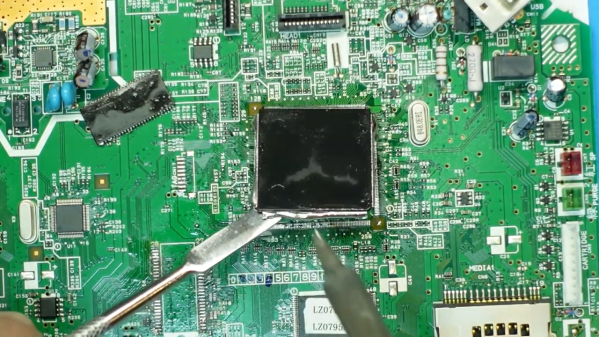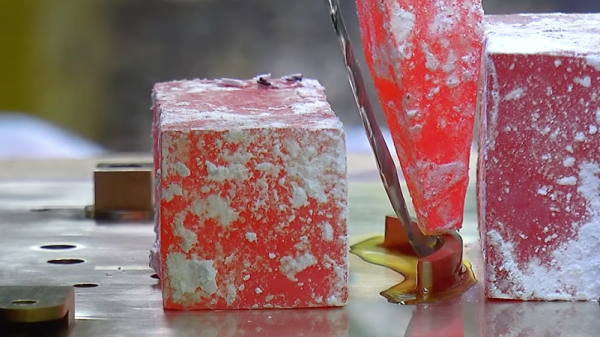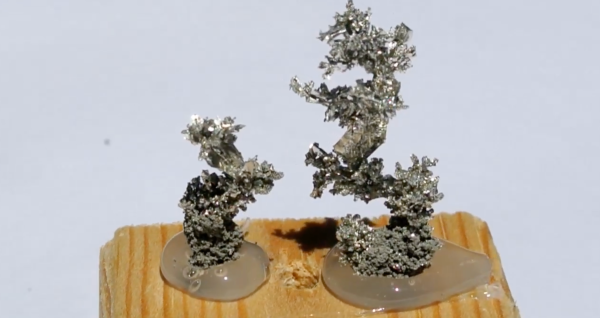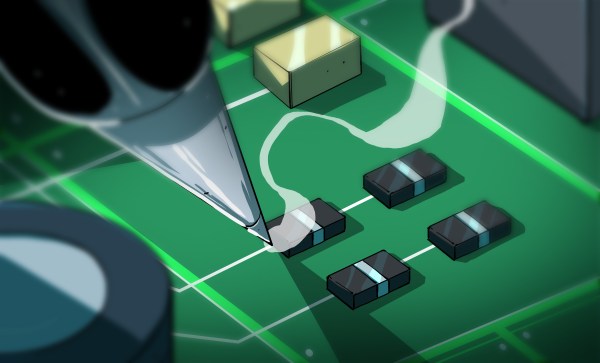You have to admire the lengths designers went to back in the day to create engaging games and toys. One particularly clever game of this type was called GEE-WIZ, a horse racing game from the 1920s that seems like it might have been right at home at a bar or pub, and that caught [Michael Gardi]’s imagination enough that he built a modern version of the game.
GEE-WIZ imitates a horse race with an extremely clever mechanism powered by a flywheel on a square shaft. Play is started by pulling a ripcord, which spins up the flywheel to shoot steel balls up six tracks in a gently sloped playing field. The balls hit tin horses riding in each track, pushing them ever further up the track until they trip a flag to indicate the winner. We can practically hear the cheers.
As with many of his other retro-reimaginings, [Mike]’s 21st-century version of GEE-WIZ focuses on capturing the look and feel of the original as accurately as possible. To that end, he put a lot of work into the 3D prints that form the playing field, as well as labels that adorned the original. But the game wouldn’t be much good without the drive mechanism, so [Mike] had to put some work into reverse-engineering the flywheel. He had that machined out of stainless steel and mounted it to the base with some chunky printed bearing blocks. You can see the final product in the brief video below.
[Mike] says that vintage toy recreations aren’t exactly his usual fare, but some might argue that the Sol-20 and Minivac 601 very much count as toys. Either way, we really like the simplicity of GEE-WIZ and the quality of [Mike]’s reproduction.
Continue reading “Vintage Game Rides Again Thanks To Modern Tech”


















